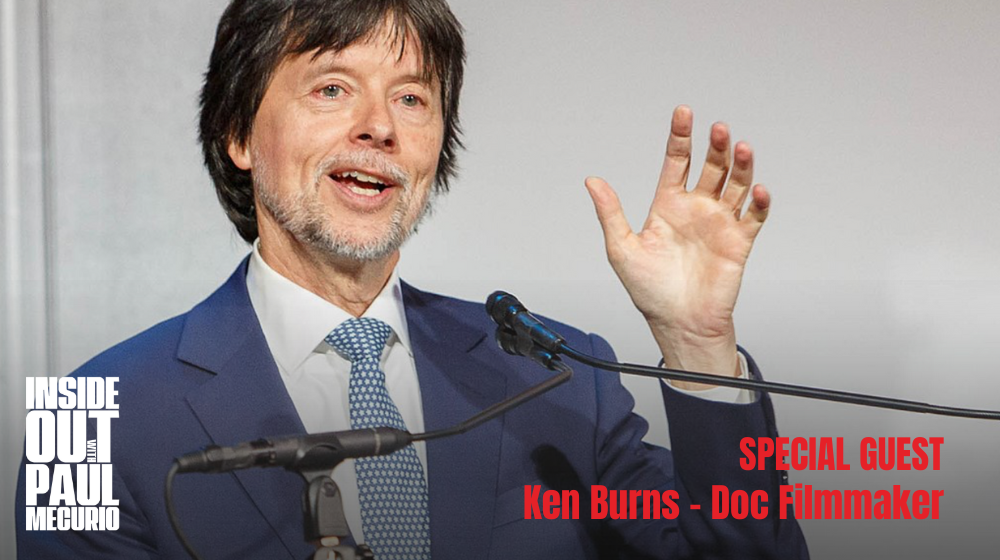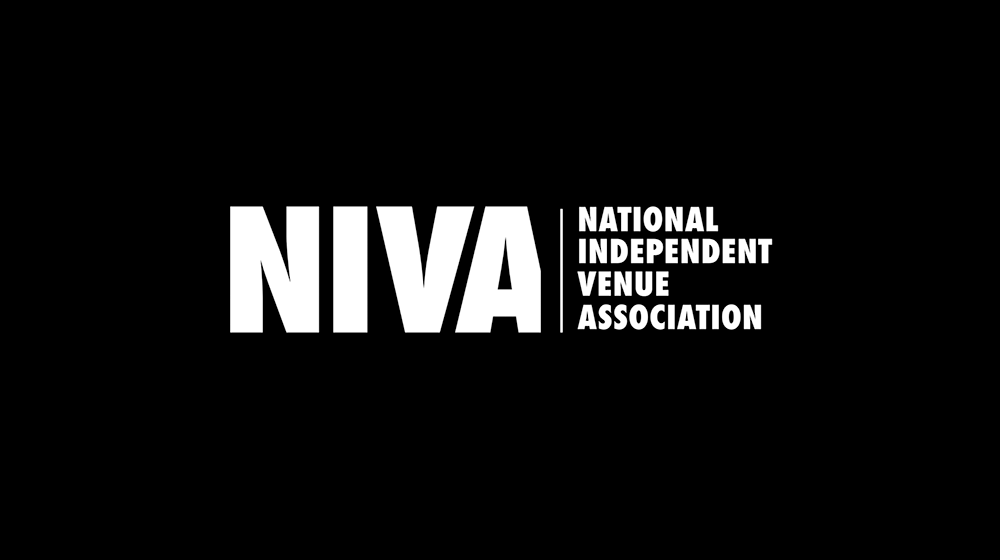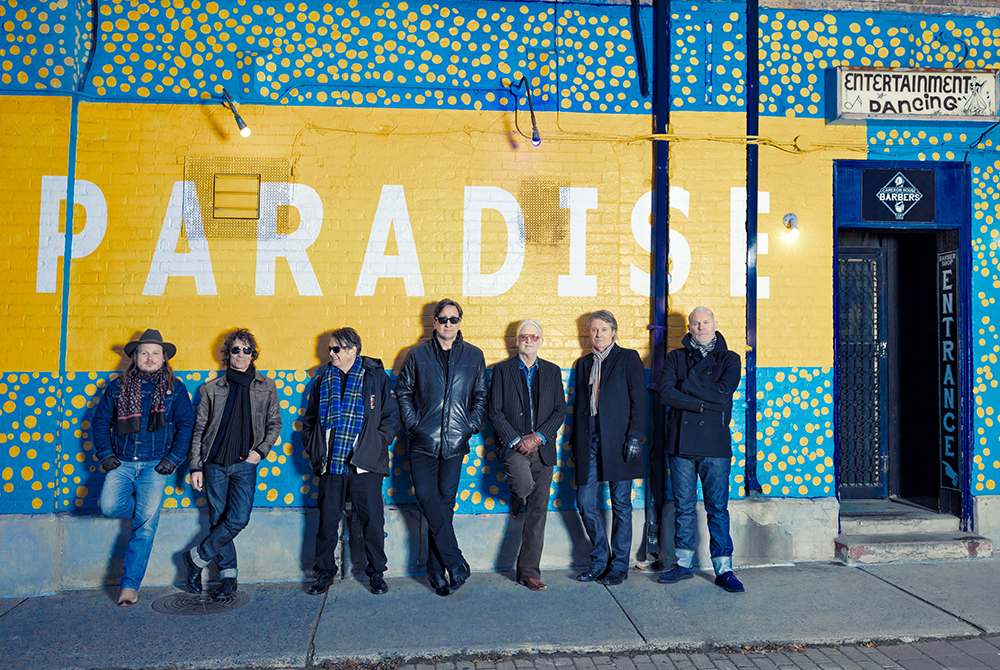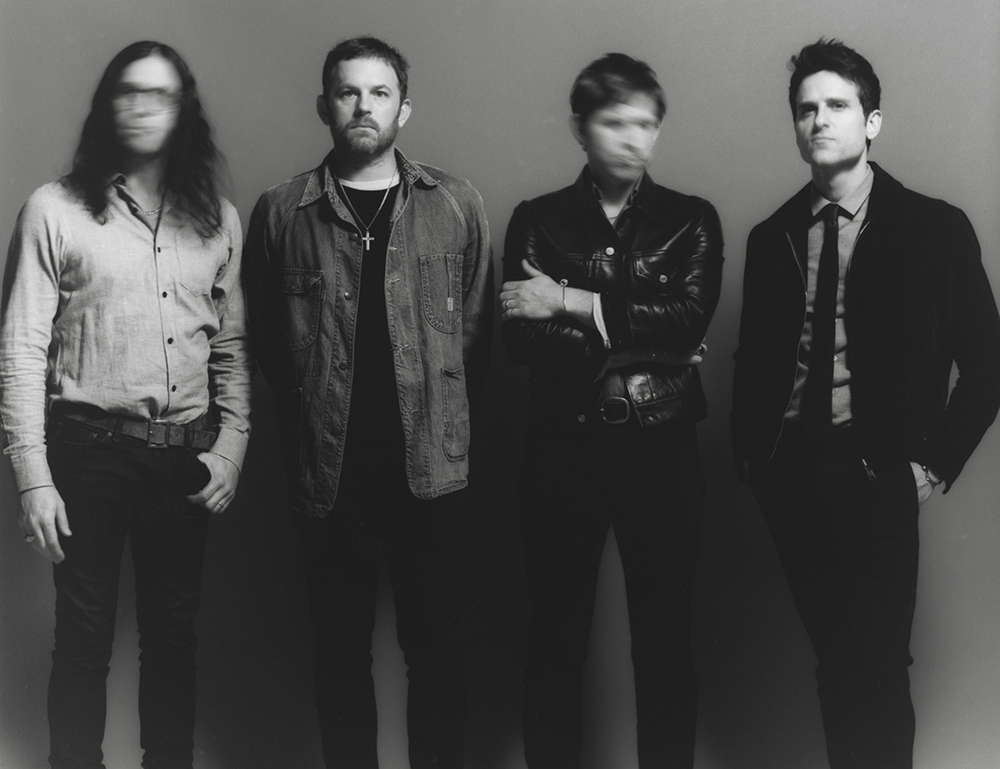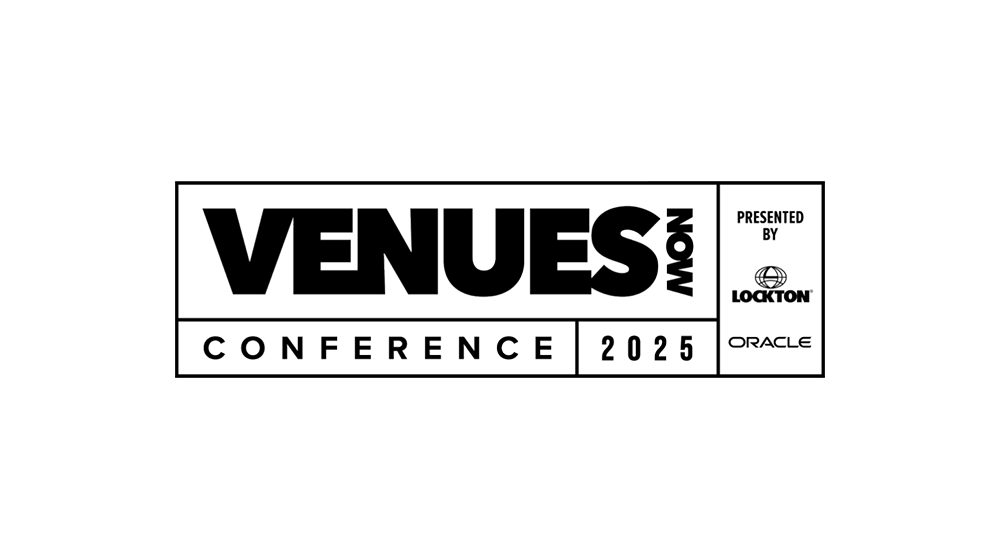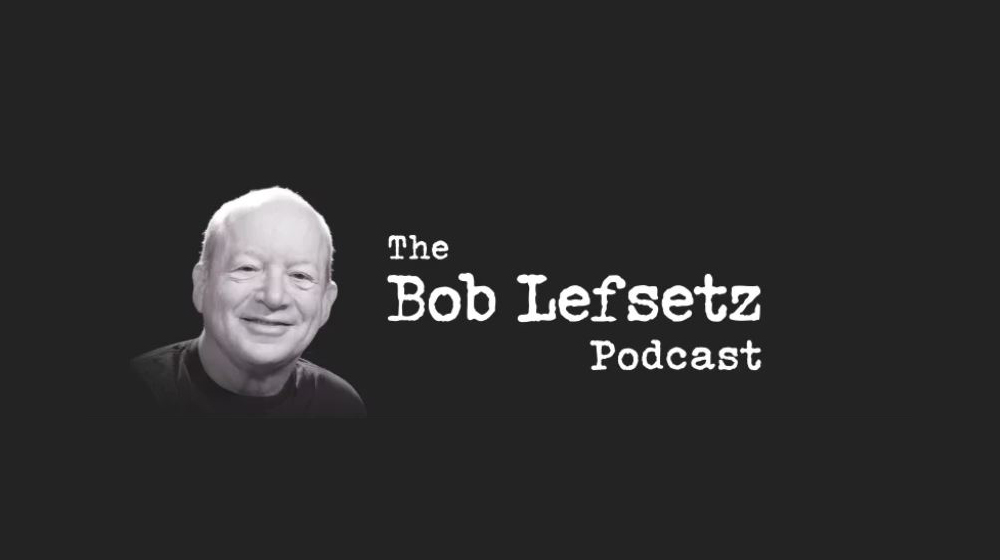Many—especially older content companies—are locked in cultural stagnation. It’s not hard to figure that out. But if you look at the companies that are clearly focused on the future, you’ll notice certain cultural characteristics that make that possible. Re-sizing, re-thinking, and re-inventing are all parts of the equation, but to accomplish any of these, it takes a culture—an attitude—to pull it off.
Here are a few characteristics you’ll find in most, if not all, of the 21st-century game changers:
1. Freedom from Politics
• Almost impossible at the scale of a large company, but these leaders are surprisingly free of infighting, fear, and political nonsense.
2. Youthful Thinking
• That doesn’t mean young people as much as young thinking. Steve Jobs—no young guy himself—out-thought the old-school veterans and reinvented music distribution. You can’t design the future without understanding the past.
3. Hunger
• There’s not much hunger at the big companies; their lives are padded with history and security.
4. To Hell with What Anyone Thinks
• If outsiders or competitors are appalled—but you believe you’re doing the right thing—do it. In today’s blog society, you need thick skin to push through sharp criticism and stay true to your vision.
5. Mental Diversity Encouraged
• Different kinds of people. Different points of view. Different M.O.s. When all these come together, they create newer, more relevant plans. Veterans, newbies, and everyone in between should be contributing. Break down the ivory tower. The winning companies will balance revenue, operations, technology, and creativity.
6. Spirituality
• Not in a traditional religious sense, but in the idea that this isn’t just a “job.” It’s a mission. A higher calling.
7. AFDI (Ability to F—ing Do It)
• The ability to execute dreams. Dreaming is easy. Doing is the hard part. We live in an era of hollow mission statements and widespread denial. Media companies wait for a digital solution or economic upturn as their salvation—but the answers lie in their culture and their product’s relevance.
8. Breaking the Rules
• Challenging the rulebook isn’t anarchy. To break the rules, you must understand them. Some are timeless; others are not.
9. Creating Fans, Not Users
• Think Apple. Early MTV. Southwest Airlines. They had fans, not just customers. Fans don’t just happen—but when they do, you unlock a new level of potential.
10. Engaging All the Senses
• Eyes, ears, and minds. In TV, we often forget about sound, visuals, and raw stimulation. The goal is to stimulate people on as many levels as possible. Multi-dimensional engagement is critical today.
11. Visionary Leadership
• On the local level. Are your leaders just “bosses,” or do they have a vision that fosters brilliance?
12. The Complete Package
• The best companies don’t just tweak. They deliver a complete, unified package—from customer service to every touchpoint: content, culture, sales, marketing, imaging, and more. Apple is the obvious example—every product radiates its culture.
13. Meeting-Free (or Close to It)
• Meetings are simple, fast, and actionable. No long, soul-draining marathons. Many companies use meetings to justify their existence rather than to drive action. Real work happens elsewhere.
14. Passion
• Obvious, but it must be focused. Passion for the past is fine, but passion for the now, the future, and the plan to get there is essential.
15. Not Average
• Average isn’t acceptable. Most companies settle for average as the norm. Exceptional companies do not. Everything gets pushed beyond average.
16. Radical Thinking Is Okay
• These companies don’t have “out of bounds.” Radical is welcome—and often necessary.
17. Mobility and Urgency
• Good idea? Get it done—quickly and well. No time to drag it out.
18. Instincts
• Smart people trust their instincts—and those of their team. They’re not reckless, but they have confidence.
19. Fearlessness
• If every department were as fearless as the best journalism teams, we’d all be better off.
20. Loose
• Uptight companies don’t produce amazing products. Lighten up. Focus on the mission. BRILLIANCE follows.
21. Truth
• No lies. No hollow marketing slogans. Truth is one of the most underused tools in selling.
22. Living on the Streets, Not in the Conference Room
• When crisis hits, real leaders lead from within, not from above.
23. Challenging Tradition
• Iconoclasm is in their DNA. Not just blowing up tradition—but asking whether it still works.
None of this is easy. A memo won’t cut it. We have to live this spirit.
ARTISTIC BRILLIANCE IS LIBERATED BY THE RIGHT CULTURE—AND THAT CULTURE CAN ELEVATE MEDIA COMMODITIES LIKE NEWS AND MUSIC TO NEW LEVELS OF… BRILLIANCE.






























